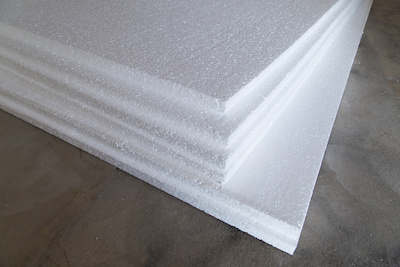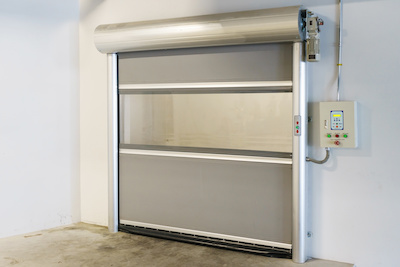Commercial Facilities: Hacks For Boosting Energy Efficiency Fast
By Donald Markham

One of the largest cost-drivers for commercial facilities is energy bills, typically around 15% of warehouse operating budgets, and much more for refrigerated ones.
So it’s surprising to know that, according to the U.S. Environmental Protection Agency, energy loss has reached the staggering mark of 30%, on average.
Where is the waste coming from?
The short answer is, from materials, equipment, and processes better designed to let precious energy escape than conserving it for greater overall efficiency.
But it’s not like their wasted energy only comes due when it’s time to pay the bills, since they also push productivity downward, send carbon footprints soaring, while cutting into annual profits and returns.
Here’s the other thing: Energy loss can’t be fixed by working harder, because a portion of what you stand to earn and save will always go to waste with equipment and materials inefficient at climate control.
For the greatest gains, without the losses, more efficient alternatives are needed—known as energy-savers!
EFFICIENT ENERGY-SAVERS FOR COMMERCIAL FACILITIES
1. INSULATION MATERIAL

Materials that perform the task of insulation vary, based on the application they’re needed for and their cost-to-benefits. But what allows you to get the most out of your investment in thermal-resistance, climate control, and energy-efficiency is insulation R-value.
So when choosing the insulation materials right for you, a few things to consider, in addition to maximum R-value per dollar, is the level of air filtration and durability to be expected from available options, as this will ensure the least amount of energy loss for the longest duration.
2. PERIMETER SEALS

Tiny gaps that surround loading dock doors are notorious for letting energy escape every time shipments arrive or need to be sent out. And depending on how many positions are operating, and how frequently, this ongoing inefficiency takes a huge toll on energy bills.
For fast-paced facilities, it’s not uncommon for thousands of dollars to be wasted monthly on energy loss, per opening. But with perimeter seals designed to be airtight, this problem simply disappears, along with the gaps, so that the thousands which were being docked end up paying for the seals instead.
3. HIGH-SPEED DOORS

The slower doors move, the longer they take to open and close, the more energy they force you to have to waste. And there’s nothing they can do about it, since they were never really designed for energy-efficiency, but to look strong and sturdy.
Industrial high-speed doors break those barriers, particularly in refrigerated environments, processing facilities, and busy warehouses where their ultra-fast operating speeds deliver all the advantages required to keep climates under control, while letting the least amount of energy escape for the highest amount of traffic.


 Donald Markham is an experienced facility access specialist helping facility operations teams move the needle in the areas that matter most with proven door and dock solutions that got your back in every situation!
Donald Markham is an experienced facility access specialist helping facility operations teams move the needle in the areas that matter most with proven door and dock solutions that got your back in every situation!